Thus far in our review of 2019, we have taken a look at some of the developments in gravel and cyclocross racing, but as is the case every year, there was a lot going on in the tech world as well.
With Interbike canceled in 2019, the Sea Otter Classic has become the de facto industry trade show to be at. In recent years, we have seen a sea change in the number and variety of gravel products, but interestingly, some of the biggest releases of the year have played a major role in cyclocross in 2019.
SRAM eTap AXS
2019 brought the official unveiling of SRAM’s second generation of electronic shifting. Although we witnessed Jeremy Powers and Wout van Aert racing the 12-speed 1x drivetrain in 2018, in 2019 we got an official look at all the 2x and 1x options the SRAM Red eTap AXS offered.
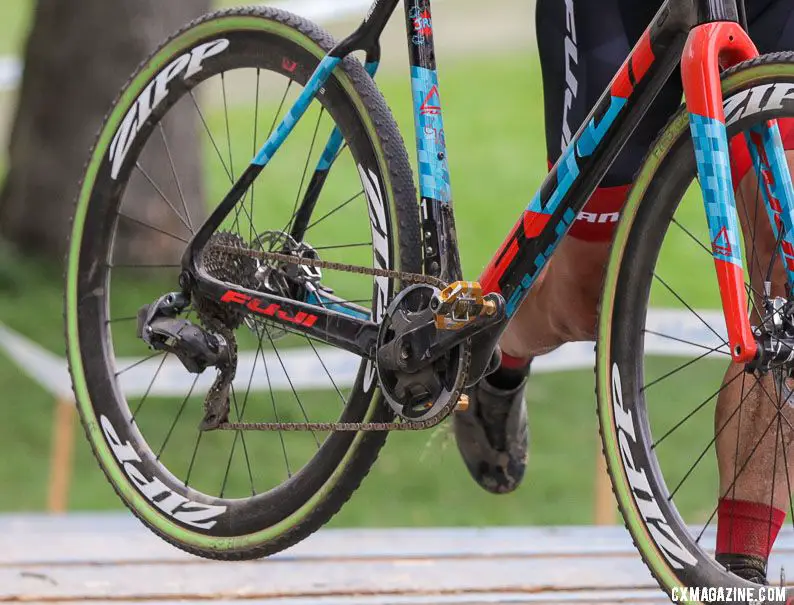
Jeremy Powers’ prototype SRAM Red eTap 12-speed 1x drivetrain as seen in September at Rochester. You can see the Quarq power meter and 4-arm spider. © Bruce Buckley
SRAM wasn’t content to limit riders’ option to Red. The company brought compatibility with its XX1 and XX0 mountain bike groupsets, allowing 1x drivetrains with a massive 10-50t rear cassette. Later in the spring, it brought the price point down with a new Force group option.
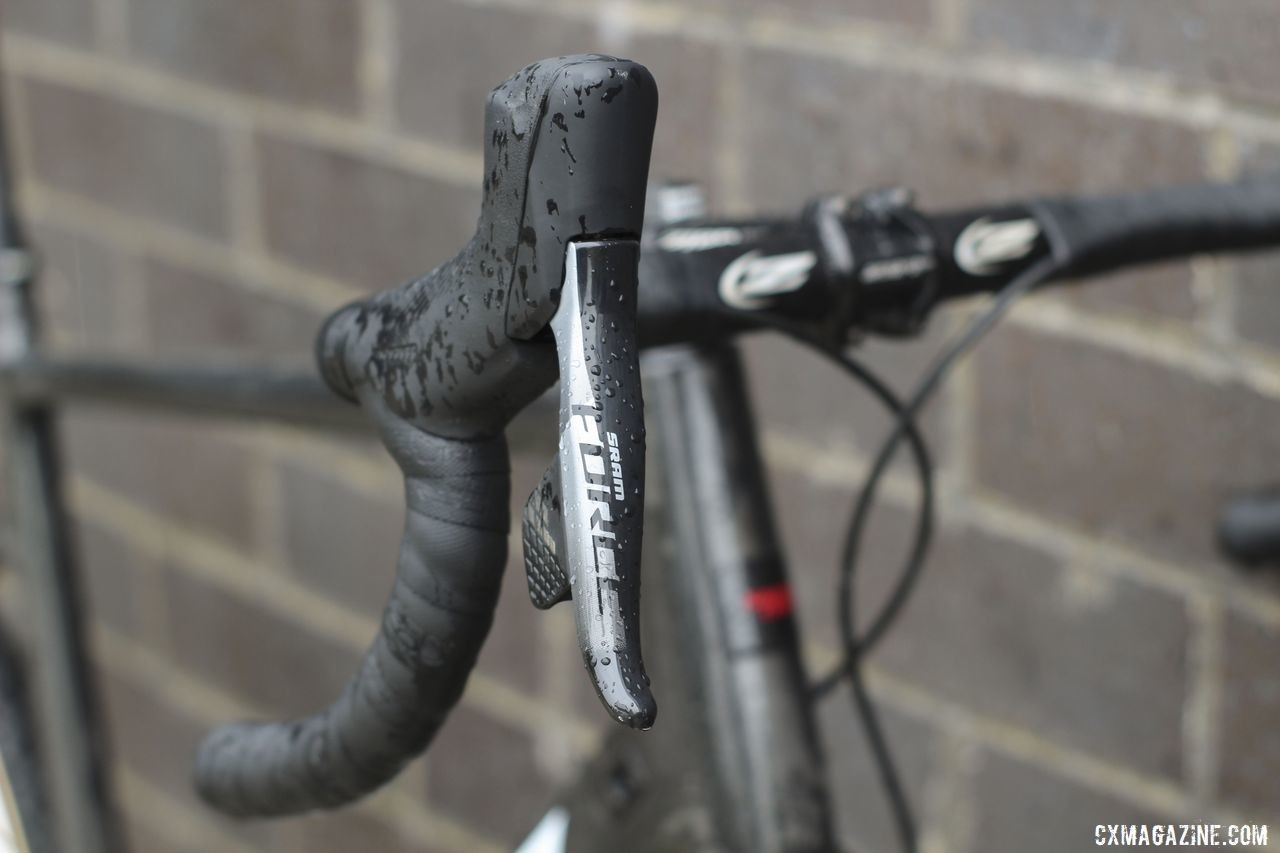
Force AXS is a long awaited progression of SRAM’s wireless drivetrain technology. Tobin Ortenblad’s 2019 Santa Cruz Stigmata Cyclocross Bike, Waterloo World Cup
While the 1x low gearing is a bit limited compared to SRAM’s existing 1x road options, the group filled the gap in SRAM’s line by offering 2x drivetrains in chain retention and 1x gearing suitable for bikepacking. It also made inroads in European cyclocross, with the Telenet Baloise team swapping from Shimano to SRAM.
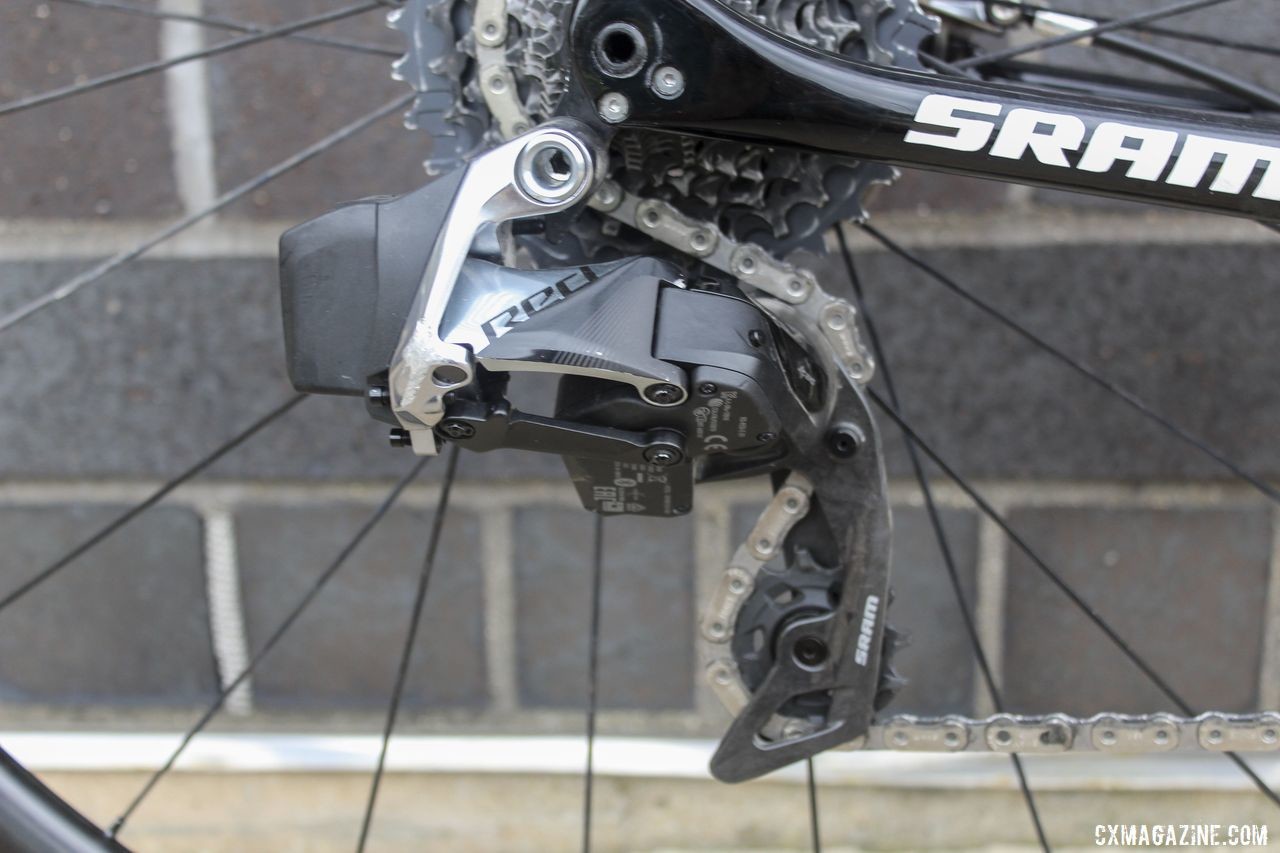
Nys and all the riders in the Telenet Baloise program switched to SRAM Red eTap AXS this season. Thibau Nys’ 2019/20 Trek Boone. © Z. Schuster / Cyclocross Magazine
Shimano GRX
Not to be outdone by SRAM, Shimano answered AXS with its own three-letter component family, GRX. The GRX launch featured not a group but a family of components dedicated to cyclocross and gravel.
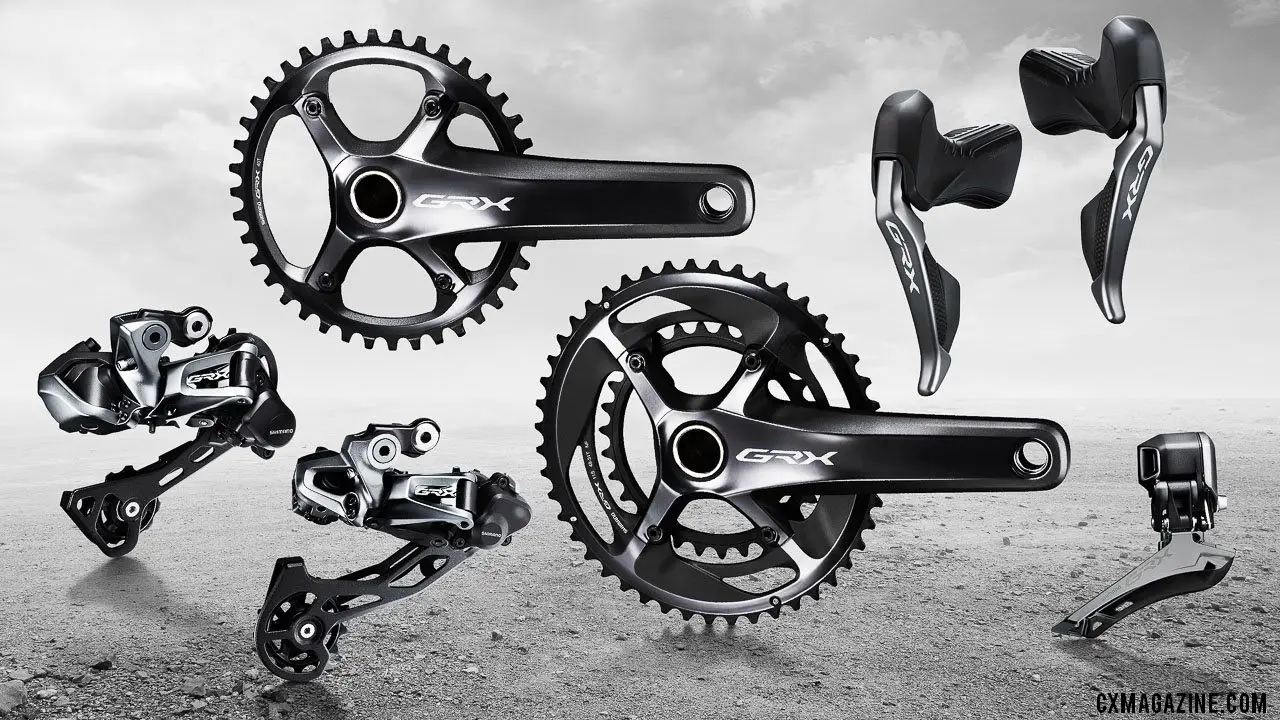
Shimano’s new GRX Di2 RX815 gravel / cyclocross components.
The breadth was impressive, with a whopping five different rear derailleurs, five different cranksets (six if you include the Europe-only 10-speed 1x), a wheelset and options for 10-speed, 11-speed, mechanical and electronic shifting. Mechanical levers got a grippy new hood and lever texture, while Di2 levers received a new shape and more braking leverage.
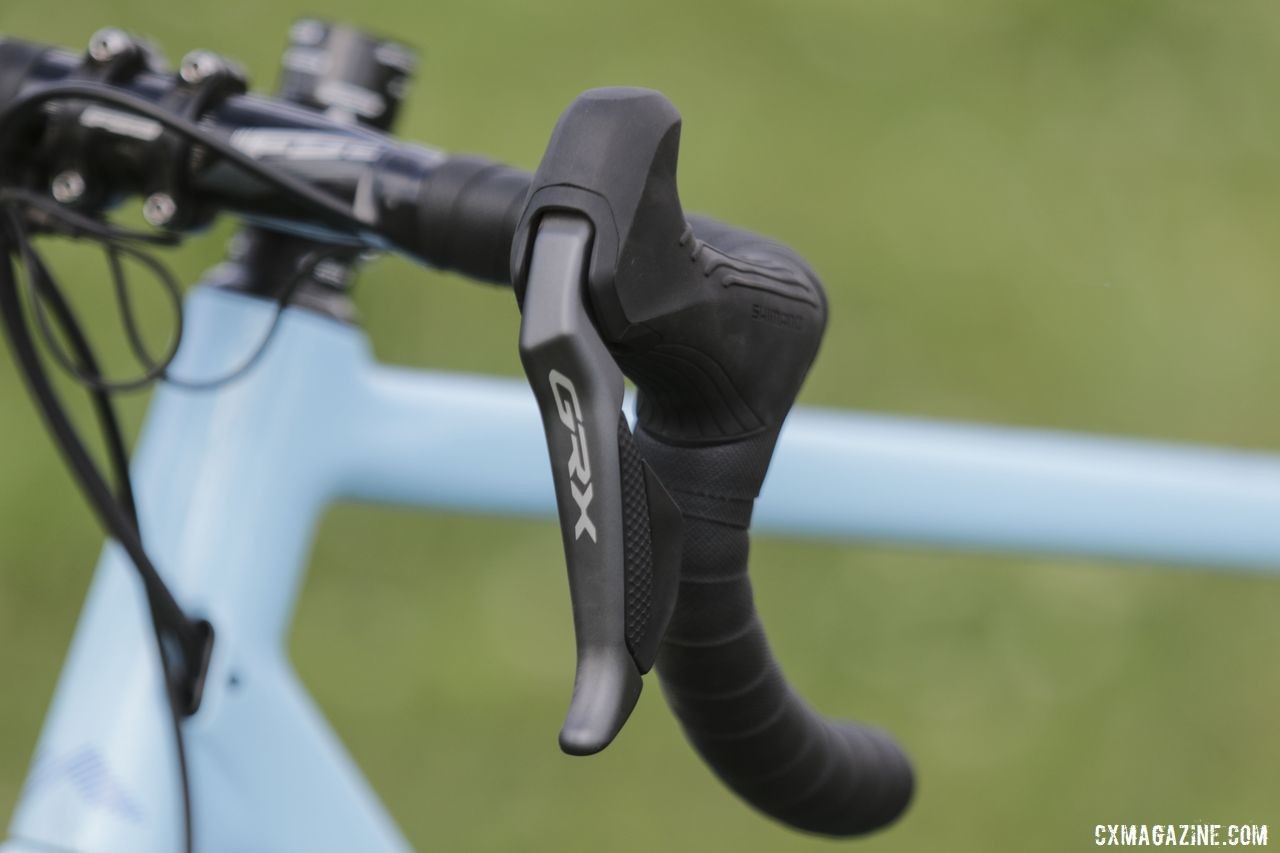
Hecht ran a full Shimano GRX setup, including the new ergo dual control levers. Gage Hecht’s 2019 Donnelly C//C Cyclocross Bike. © Z. Schuster / Cyclocross Magazine
Like SRAM did with AXS, Shimano focused on increasing its product options, not duplicating them under a new group. Thus, cyclocross 2x drivetrain fans had to mix and match with Shimano’s Ultegra group for 46/36t crankset and front derailleur options. Yet the move to 1x was a big move for Shimano, and one we’ve seen some U.S. sponsored athletes adopt.
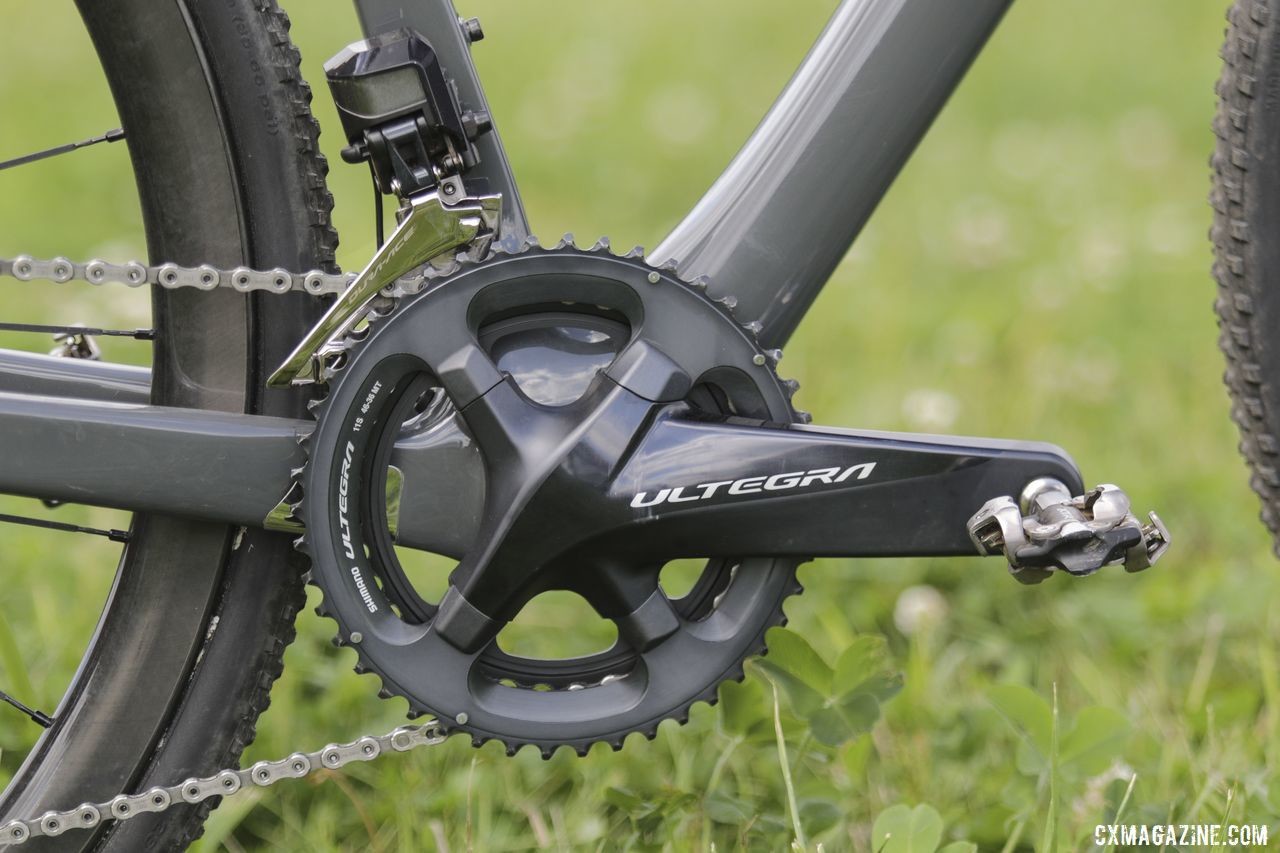
Fahringer ran 46/36t Ultegra cyclocross rings on an Ultegra R8000 crankset. The GRX groupset does not have 2x cyclocross rings available yet. Rebecca Fahringer’s Kona Super Jake Cyclocross Bike. © D. Mable / Cyclocross Magazine
Tubeless Tires in Pro Cyclocross: Growing and Shrinking
Continuing the trend we saw in 2018, 2019 brought an ever-growing group of U.S.-based cyclocross racers competing and podiuming on tubeless tires. Jamey Driscoll also dropped the glue, racers from Aevolo / Donnelly and Easton-Giant mixed it up between tubulars and tubeless, and racers from Squid, Pivot-Maxxis p/b Stan’s NoTubes, Crystal Anthony, singlespeed king Jake Wells and other privateers continued sealing up podiums with tubeless sealant.
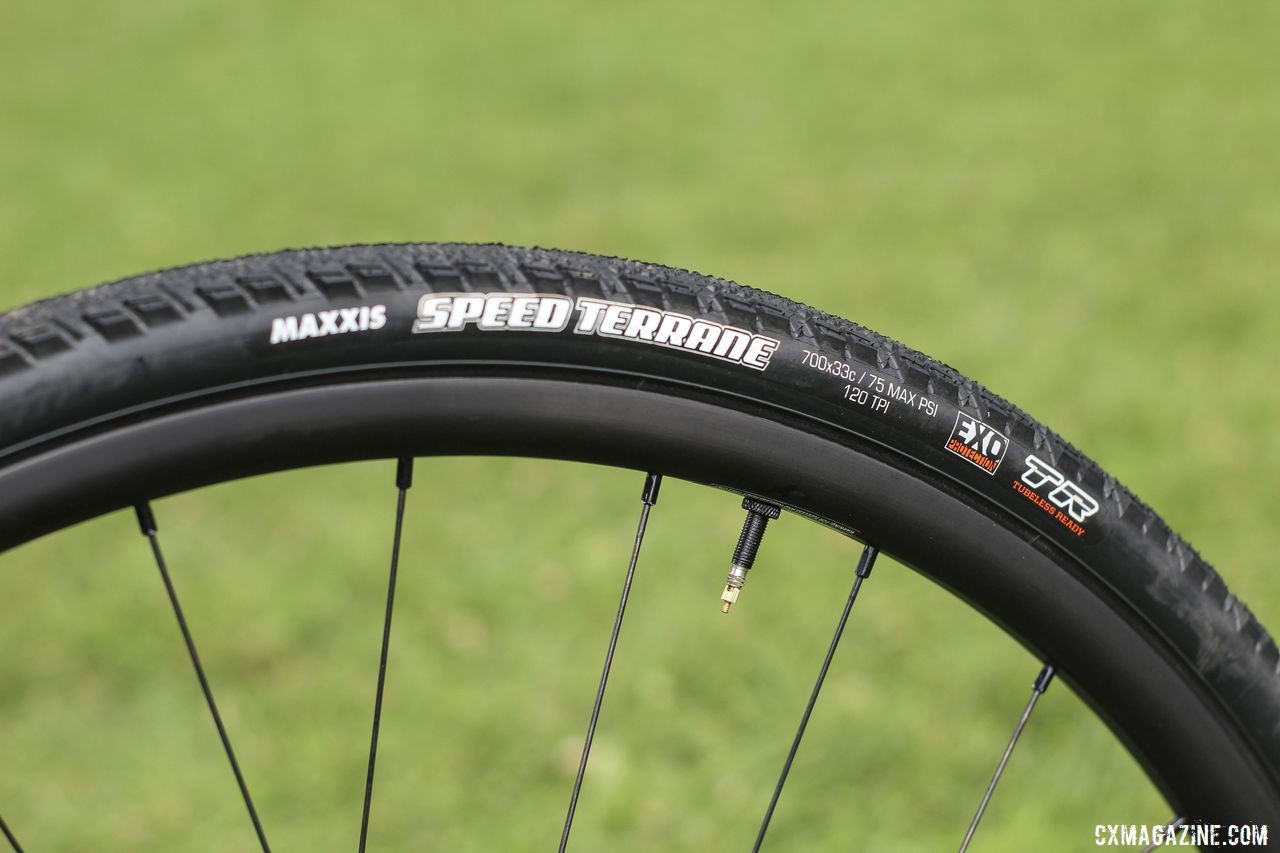
McFadden opted for tubeless Maxxis Speed Terranes at Rochester. Courtenay McFadden’s Pivot Vault Cyclocross Bike. © Z. Schuster / Cyclocross Magazine
2019 also brought an influx of narrow, UCI cyclocross-width tires. We saw new cyclocross rubber from Michelin, Pirellli, Mitas, Donnelly, Challenge and IRC all aimed at satisfying the 33mm UCI requirement that many U.S. pros and international amateurs must adhere to but retail-paying customers in the U.S. don’t care about.
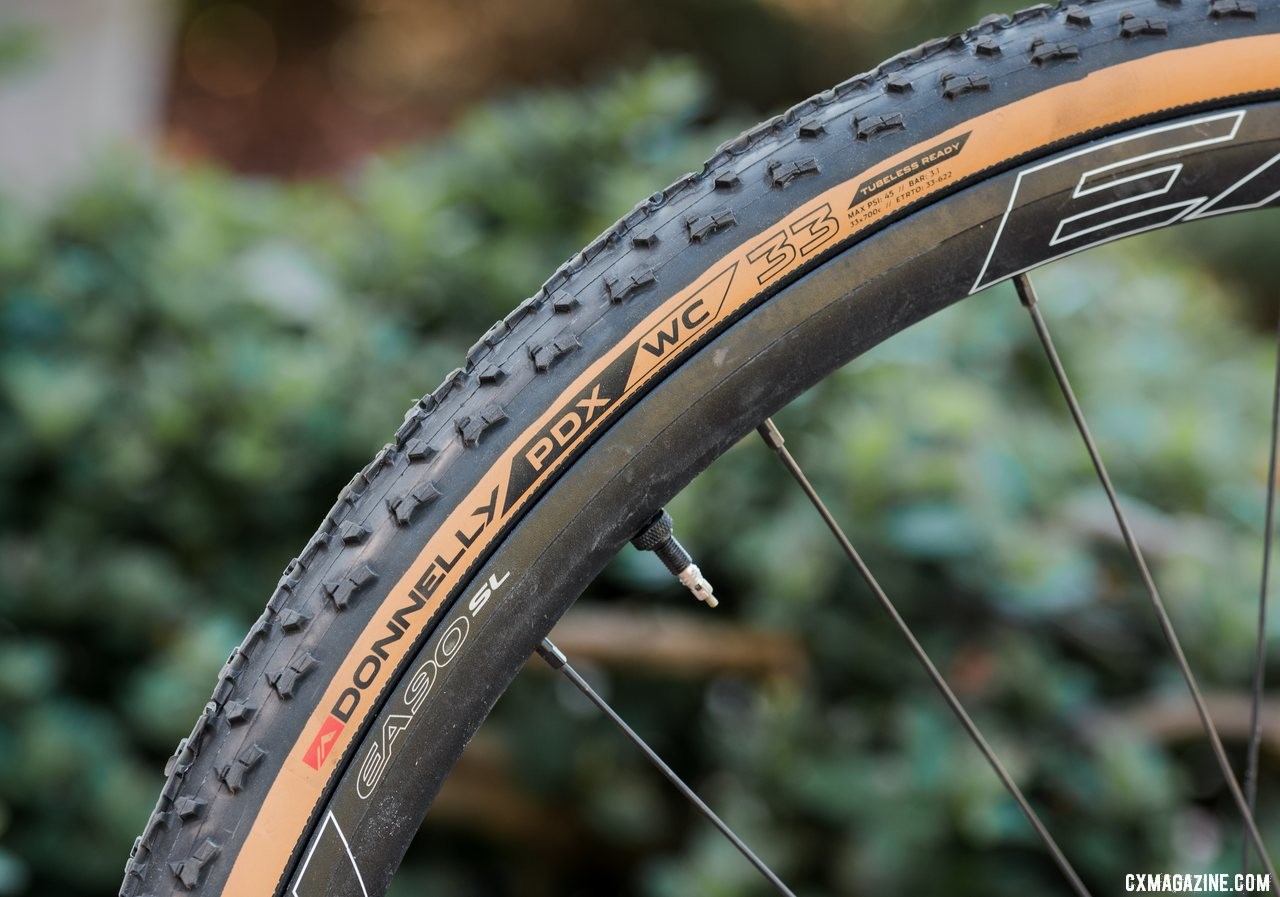
Donnelly’s new handmade PDX WC tubeless cyclocross clincher. © C. Lee / Cyclocross Magazine
Even for non-UCI pros, choice is good. The narrow options offer more tread choices when tire clearance is limited or on muddy days, and with the ever-growing rim widths, still can inflate to 36mm or more on the widest rims.



























